Table of Content
Your home's decor will be of higher quality thanks to our professional interior design suggestions. Read briefly about the ideal 11-step interior design guide. The place where you feel most at ease is at home.
- Understand Space and Requirement
- Plan Your Interior Design Budget
- Design Development
- Plan Electrical and Plumbing Points
- Planning for False Ceiling Designs
- Flooring Designs and Material
- Woodwork and Furniture
- Choosing Colors for Walls
- Choose Home Accessories and Home Furnishings
- Installation
- Check on the Finishing
Step 1: Understand Space and Requirement
Understanding the dimensions and requirements of each area is the first stage in the planning process for interior design. There are a few inquiries to which you ought to have responses. First of all, how many people reside there? What function does interior design serve in a house? What was the underlying thought process? Before considering how to design your home, these ideas must be carefully considered. Create a clear vision for the interior of your home, and then discuss it with an interior designer to get more assistance. Your success will be assured by using this step-by-step interior design methodology.
Step 2: Plan Your Interior Design Budget
Setting a budget for your home interior design concept is the next stage. To determine how much the interior design process will cost, divide your budget into separate amounts for each room and your kitchen. It will rely on a number of variables, like the room's size, type of furniture, furnishings, and accessories, among others. However, in a pinch, you may always use simple EMI choices to finance your interior design strategy.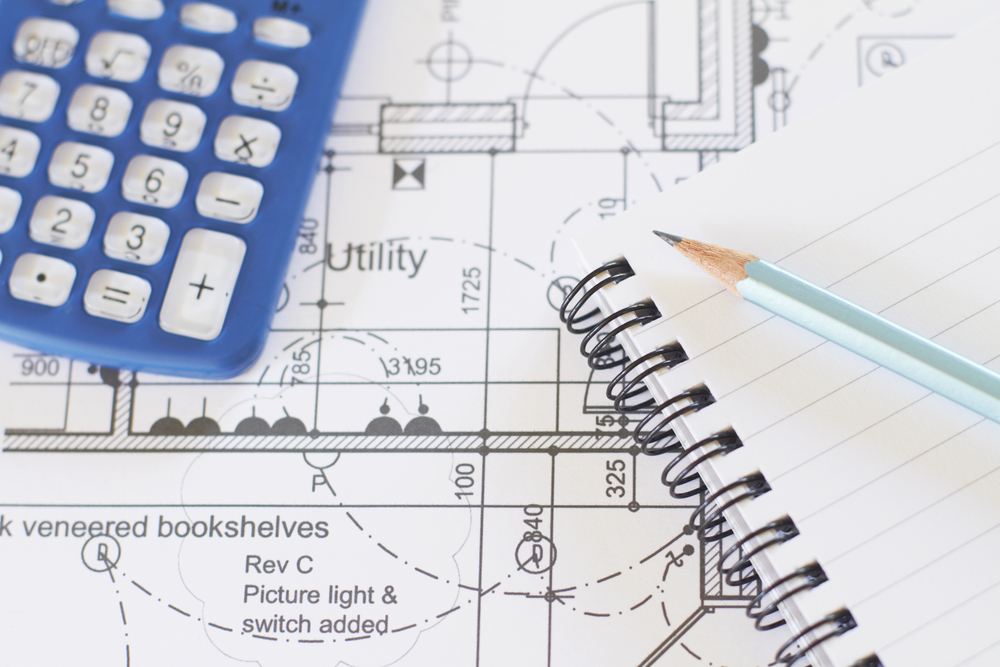
Step 3: Design Development
Putting the interior design plan into action is the primary goal of this stage of the interior design process. You'll receive a virtual design of your room from an interior designer. You will gain a better understanding of how to design the interior of your home in terms of the room's utilization and proportions. Our design professionals at HomeLane will assist you in the interior design process using our 3D design tool, Spacecraft. Our designers can use Spacecraft to gather data from anywhere and then show you personalized interior designs for your plan. You may actually find live 3D interior design plan ideas online, that much is true. Additionally, you receive rough estimates in real-time, with costs adapting to the chosen products.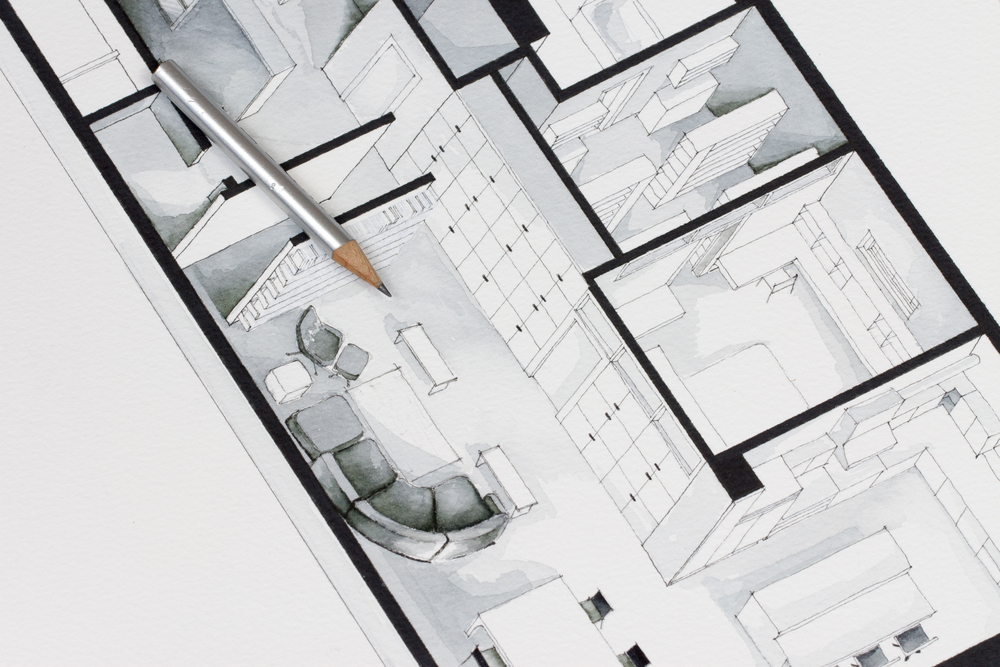
Step 4: Plan Electrical and Plumbing Points
The planning of all the electrical points and light fixtures would be the next step in the series of your interior design procedure steps. Additionally, plumbing and piping work will be completed. Prior to beginning the painting or wallpapering of the rooms, the electrical points must be decided. By outlining these concepts ahead, you may keep the interior design step-by-step process somewhat organized.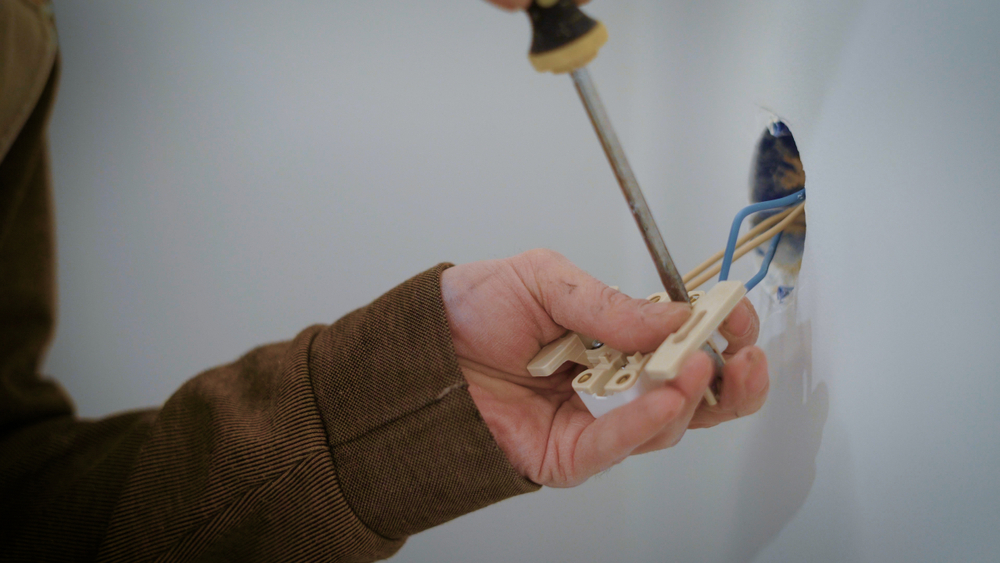
Step 5: Planning for False Ceiling Designs
Typically, a false ceiling is constructed one foot below the true ceiling. Through this fake ceiling are installed the electrical ducts and points. In addition to concealing the room's essential infrastructure, such as the electrical and plumbing lines, as can be seen in the image below, it also enhances the interior design scheme.
Step 6: Flooring Designs and Material
When you are in charge of choosing the interior design of your home, choosing the flooring can be a little time-consuming. As you arrange the interiors, gather some information about the different varieties of flooring. Choose from hardwood, laminates, tiles, or vinyl flooring. The decision is based on the price, location, and advantages and disadvantages of each feasible option. For instance, while choosing how to layout the flooring in your bathroom, you should consider whether the chosen material would make the floor slippery or not, and so on.
Step 7: Woodwork and Furniture
If you are having your furniture designed, you must have some understanding of woodworking and material varieties. Before making a purchase, consider the furniture's and the room's intended uses. In a well-balanced interior design plan, functionality and beauty coexist side by side. If you have a tiny living area, choose modular furniture that has adequate storage.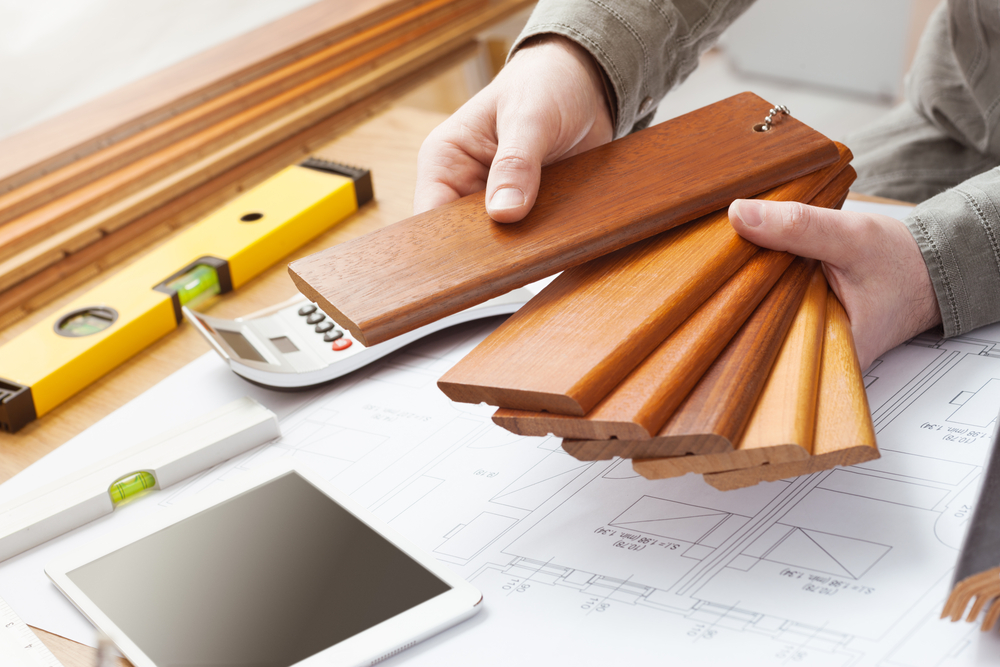
Step 8: Choosing Colors for Walls
The most exciting step in the process is picking a color for your walls. Choose colors that complement the lighting and furniture in the home design scheme. If you wish to give the walls a textured appearance, learn about the various paint treatments.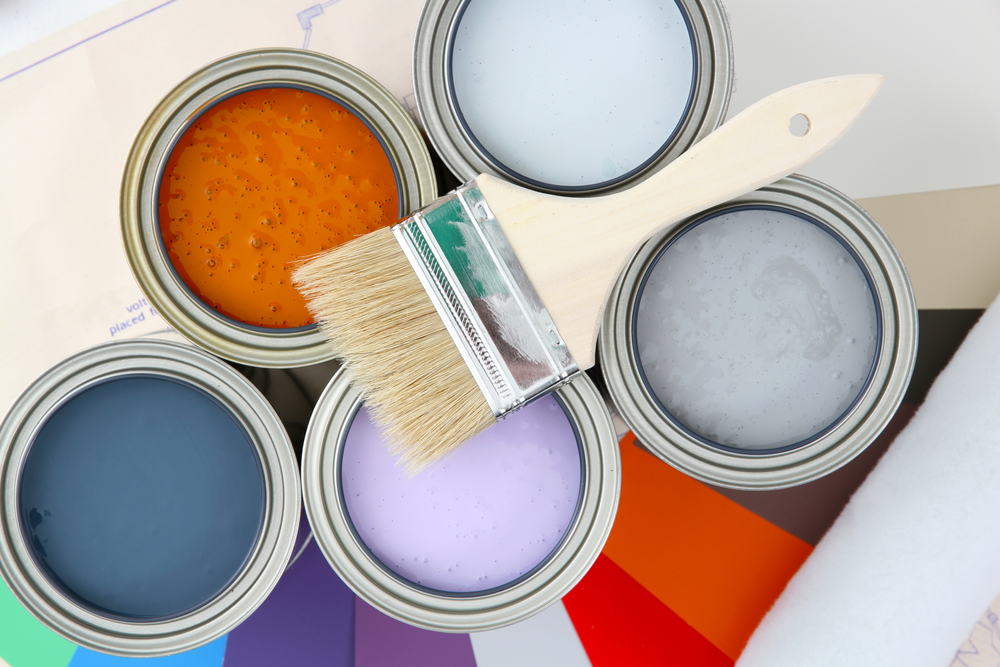
Step 9: Choose Home Accessories and Home Furnishings
You can choose from a variety of accessories for each space. Your living room and bedroom's decor can be enhanced by adding colorful accessories. Utilizing various textures will be enjoyable and exciting. For instance, plan ahead when choosing the faucets and other plumbing fittings for your bathroom.
Step 10: Installation
In this part of the process, all the elements and appliances decided upon are installed and worked upon.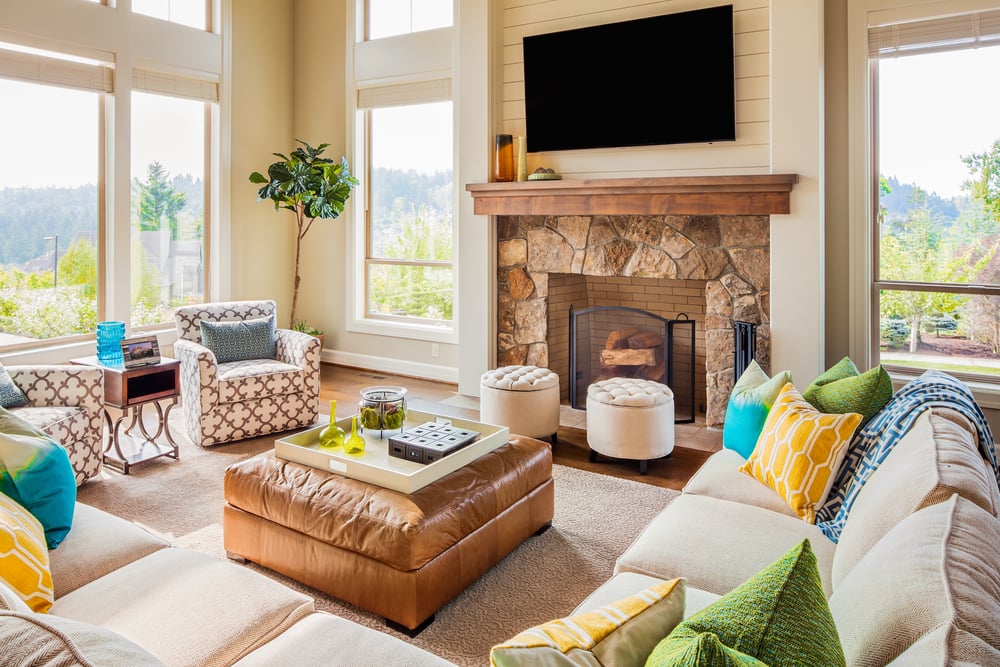
Step 11: Check on the Finishing
You need to monitor how your interior design strategy is coming together. Verify the strength of the cabinet handles, the finish of the paint and furniture, the shine of the woodwork, and the corner finishing of each room. A strong start ensures a strong finish, as the saying goes. So make sure to correctly plan the interior of your home for a pleasurable journey to your ideal residence.
Have you been considering interior home renovations? Call our HomeLane design specialists for a consultation appointment right away!
A strong start ensures a strong finish, as the saying goes. So make sure to correctly plan the interior of your home for a pleasurable journey to your ideal residence.
Have you been considering interior home renovations? Call our HomeLane design specialists for a consultation appointment right away!
FAQs
Q. How Do I Make an Interior Design Plan?
You can create an interior design plan by following the steps below:- Measure the space
- Identify sources of light
- Plan your interior design
- Decide the colours
- Collect a colour patchwork
- Begin with the walls
- Then move to the floor
- Place your furniture
- Incorporate artificial light
- Personalise the interior design plan
Q. What Are the 7 Basic Elements of Interior Design?
The 7 basic elements of interior design include:- Space
- Lines
- Form
- Light
- Colour
- Texture
- Pattern
Q. What Are the 5 Stages of the Interior Design Process?
The five stages of the interior design process include:- Strategic planning
- Concept development
- Design development
- Design documentation
- Construction administration

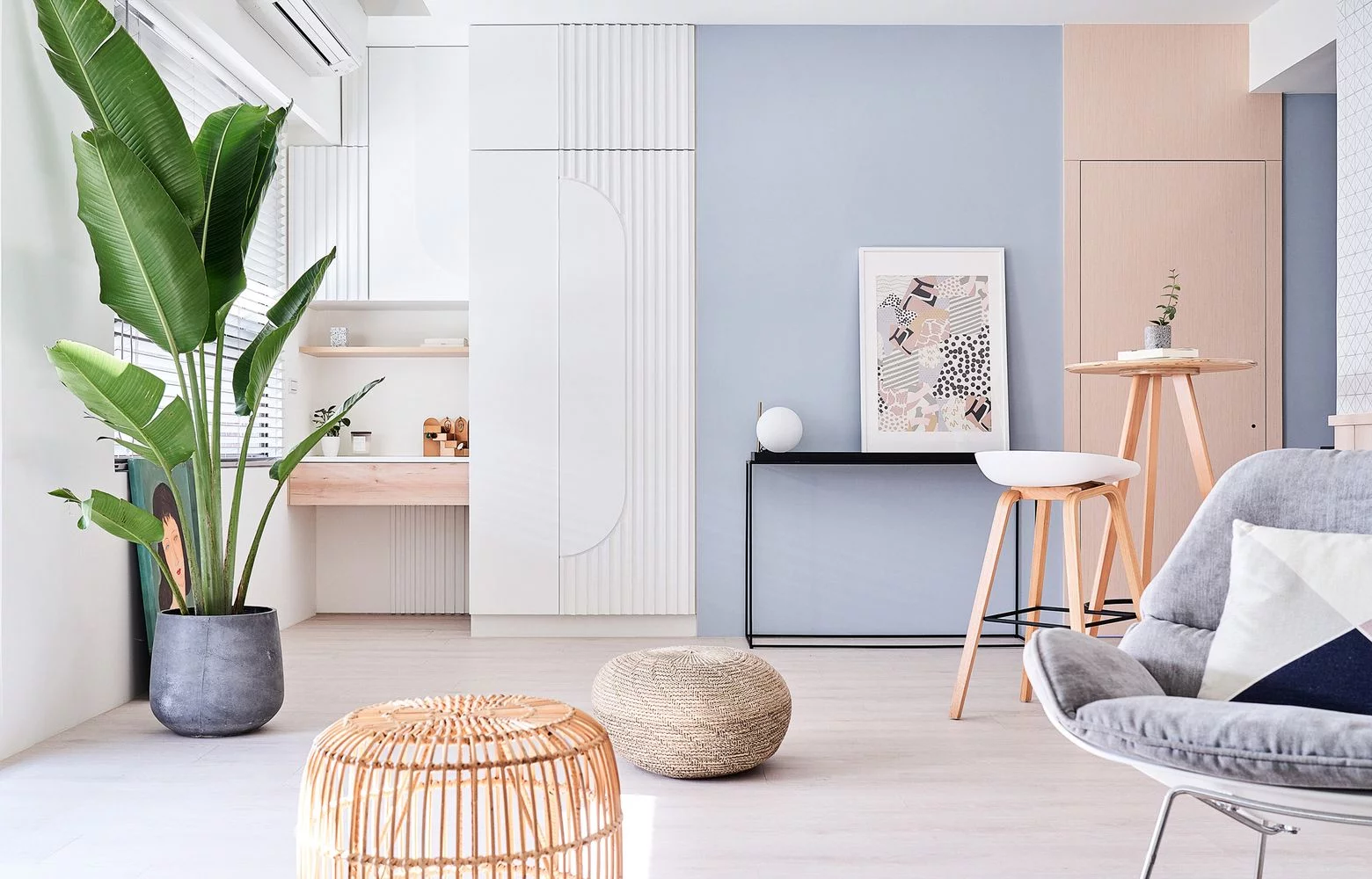

_1752219110.webp)


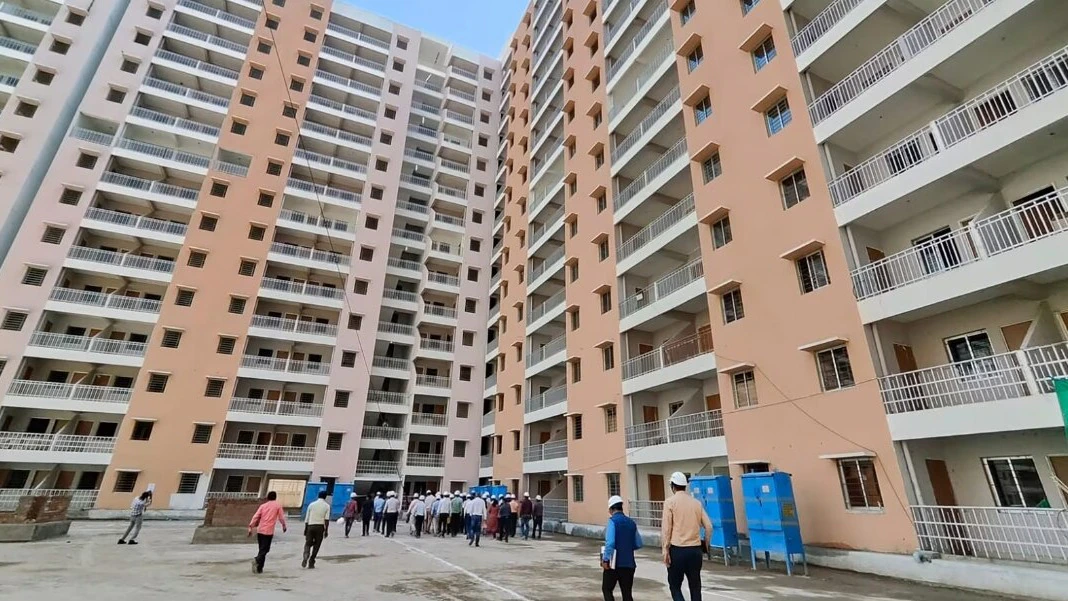

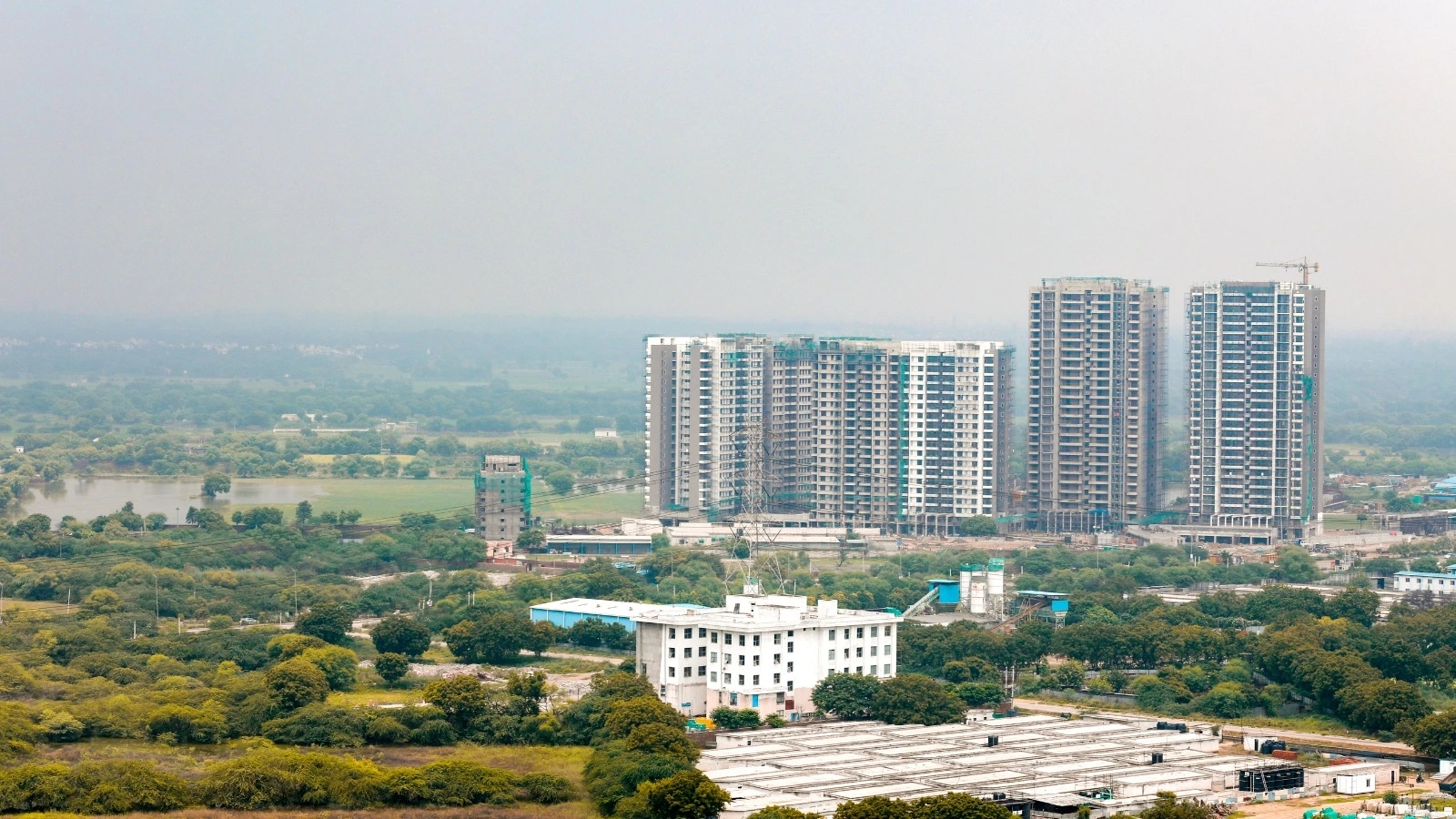


_1766133697.webp)